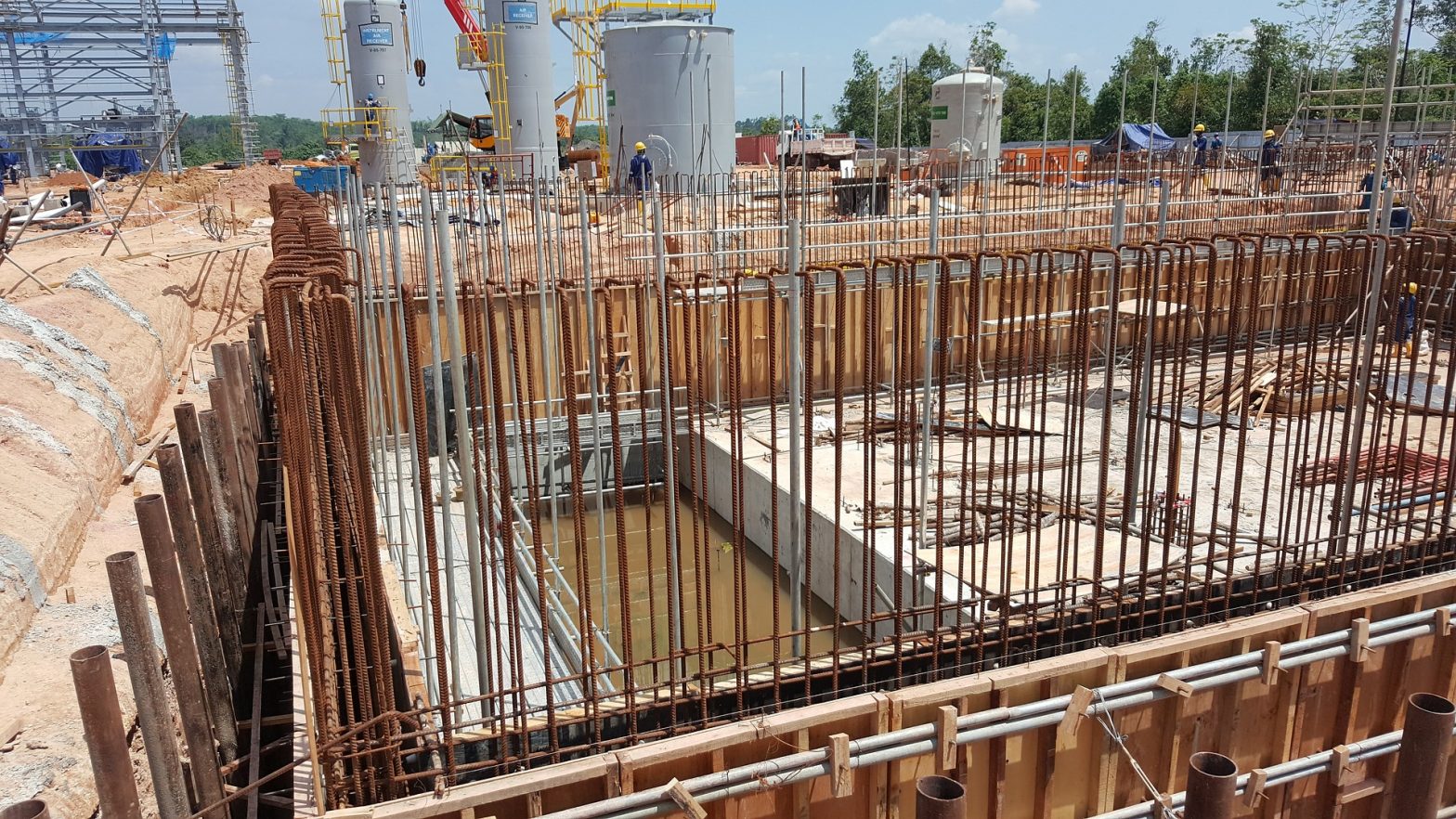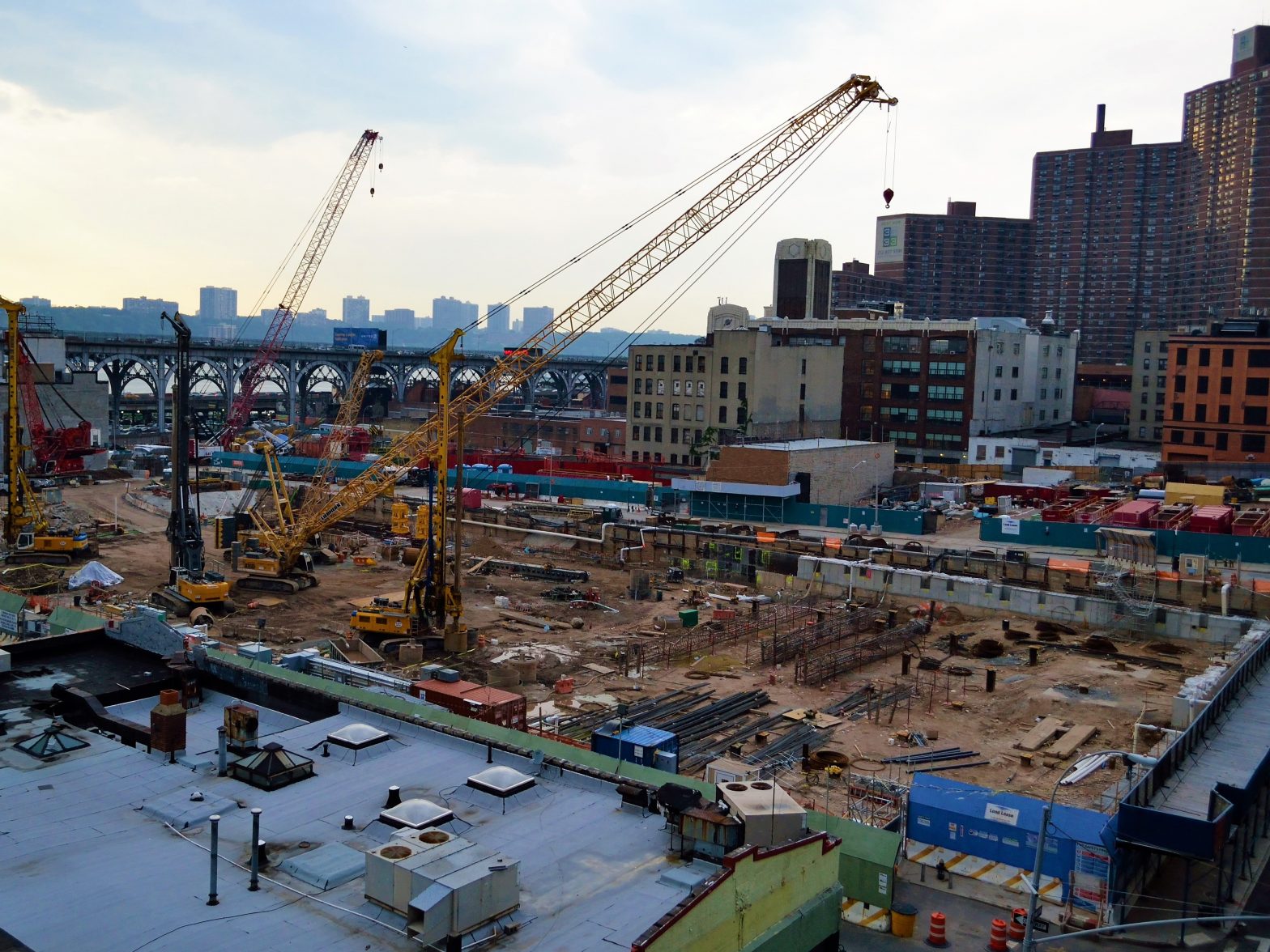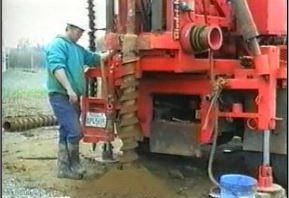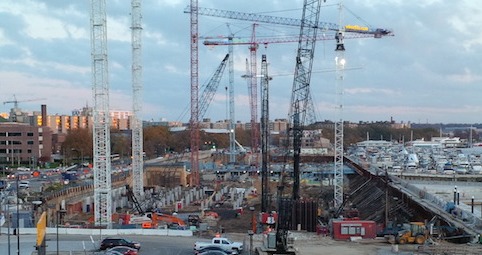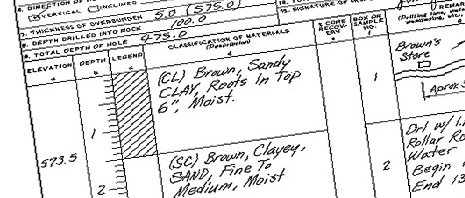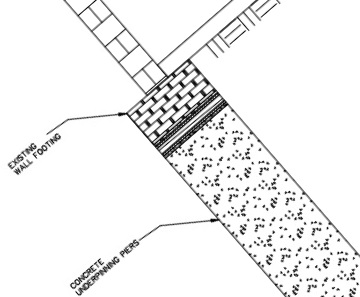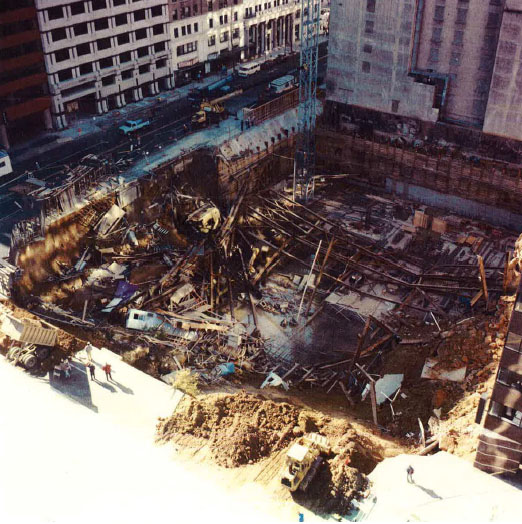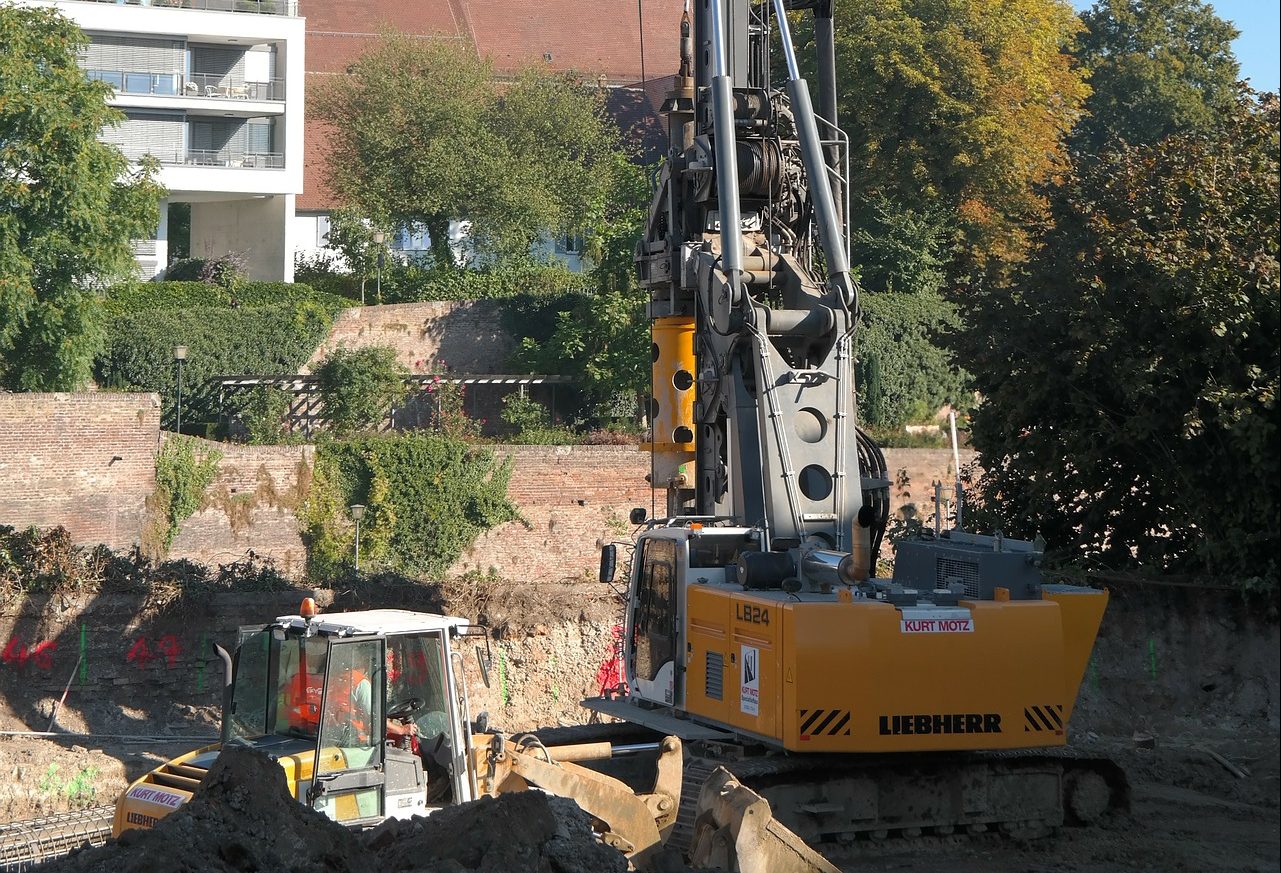 Nate’s Silver’s book, The Signal and the Noise (The Penguin Press, New York, 2012) was released in the run-up to the 2012 election. Silver and the FiveThirtyEight.com project were well on their way to accurately predicting most of the electoral college and Senate results and there was a good deal of interest and controversy in the political media regarding his work. The book is fundamentally about making predictions in an environment of uncertainty. Silver uses examples from a variety of disciplines including weather, baseball, economics and gambling to illustrate why some predictions fare better than others. However, these lessons can be applied to anyone whose field puts them in the prediction business. And engineers, whether they realize it or not, are in the prediction business. After all, engineering analysis and design of engineered systems require making predictions about the performance of systems, typically with uncertain loads and initial conditions, and with the stakes being the health, welfare and safety of the public.
Nate’s Silver’s book, The Signal and the Noise (The Penguin Press, New York, 2012) was released in the run-up to the 2012 election. Silver and the FiveThirtyEight.com project were well on their way to accurately predicting most of the electoral college and Senate results and there was a good deal of interest and controversy in the political media regarding his work. The book is fundamentally about making predictions in an environment of uncertainty. Silver uses examples from a variety of disciplines including weather, baseball, economics and gambling to illustrate why some predictions fare better than others. However, these lessons can be applied to anyone whose field puts them in the prediction business. And engineers, whether they realize it or not, are in the prediction business. After all, engineering analysis and design of engineered systems require making predictions about the performance of systems, typically with uncertain loads and initial conditions, and with the stakes being the health, welfare and safety of the public.
How to Double Your Foundation’s Bearing Capacity
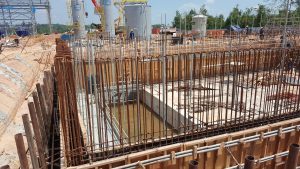 I saw a brief case study from a foundation contractor who had installed a proprietary pile system for a building in Northwest Washington, DC. Being somewhat familiar with the subsurface conditions and typical building heights in the area, I immediately doubted whether a deep foundation system was necessary. You will have to forgive my skepticism about this sort of thing; I have seen it a lot, and it seems to be getting more prevalent.
I saw a brief case study from a foundation contractor who had installed a proprietary pile system for a building in Northwest Washington, DC. Being somewhat familiar with the subsurface conditions and typical building heights in the area, I immediately doubted whether a deep foundation system was necessary. You will have to forgive my skepticism about this sort of thing; I have seen it a lot, and it seems to be getting more prevalent.
You see, when you get away from the filled-in marshlands, the soil conditions in the DC metro area are not that bad. Generally, new buildings are low to mid-rise (at least to this former New Yorker). Yet deep foundations or ground improvement are selected as the foundation systems for many projects. This seems to be the result of low-cost, commoditized geotechnical services, which typically do not include site-specific engineering due to budget limitations.
Continue reading “How to Double Your Foundation’s Bearing Capacity”
Why the Design Team for Urban Projects Should Consider Support of Excavation
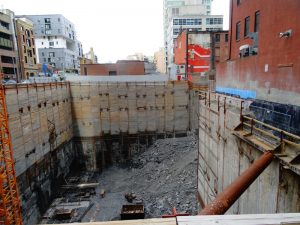
A while back, I looked at a small support of excavation project in a major city that illustrated some of the issues that can arise when excavation support and underpinning are not considered during the design process of an urban project, especially a small urban project.
The project involved a horizontal addition to an attached single-family dwelling: a very typical project type in cities, and about as simple as new construction can get in the urban environment. However, the existing basement was to be extended below the addition, requiring several feet of excavation on a small site with impacted abutting properties on two sides. Consequently, support of excavation would be required, unless the neighbors would be willing to lose the use of their backyards during construction.
Continue reading “Why the Design Team for Urban Projects Should Consider Support of Excavation”
What’s in Your Contract?
You might not think that a freelance writer would have much in common with an engineer or architect. However, I read this story and saw parallels to a big issue in the practice of engineering and architecture:
If a Lawsuit Can Bury Gawker, What Could It Do to a Freelancer?

It is not my intent to wade into the controversies over the Gawker lawsuit, be it the question of the newsworthiness of celebrity gossip, free speech implications or the abuse of process that allows a billionaire to bankroll a lawsuit for the sole purpose of personal vengeance. However, the author’s discovery of the legal risks she was assuming by agreeing to indemnify a publisher for her work is recognizable to anyone who reviews, or (hopefully) negotiates professional services contracts for engineering and architecture. In the freelance author’s case, she was being required by the publisher to indemnify and even defend them for lawsuits associated with her story, despite the fact that her story was a “work-for-hire” that she would no longer control once accepted by the publisher. Sound familiar?
Continue reading “What’s in Your Contract?”Who is Scoping Your Geotechnical Services?
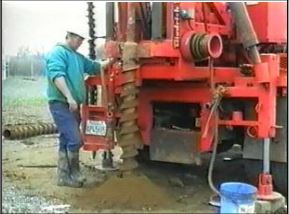
Most significant new constructions projects begin with a subsurface exploration. Part of the purpose of the subsurface exploration is to provide a basis for geotechnical engineering necessary to design the foundations, earthwork, pavement and utilities for the project. In addition, the subsurface exploration and geotechnical engineer’s interpretation of the conditions observed inform the construction contractor’s pricing and planning of below-grade work. Given the importance of geotechnical considerations to the cost and risk of a construction project, it should be apparent that adequate budget and scope need to be authorized to address these considerations. However, often the scope of services agreed to by the geotechnical firm and their client, be that the owner, another design professional or some other stakeholder, does not take advantage of opportunities to reduce construction cost and risk of below-ground work. So who should be responsible for determining the right geotechnical scope of services?
Continue reading “Who is Scoping Your Geotechnical Services?”
Your Building is Probably Weightless
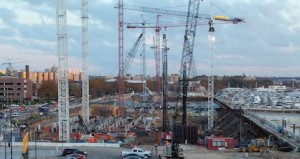 Well, not really…some explanation is in order.
Well, not really…some explanation is in order.
The bearing capacity is the primary design parameter for proportioning shallow foundations (i.e. footings and mats). If the average pressure applied by a footing is less than the allowable bearing capacity, then the footing area is adequate. This method has been used for over a century and actually predates soil mechanics. Empirical “safe” bearing capacities were provided in many codes and reference handbooks in the late nineteenth century.
Should You Have Your Geotechnical Report Peer Reviewed?

The foundation is one of the most critical components of any structure. Poor foundation design and construction can impair the serviceability of the entire structure and put adjacent structures at risk for movement and damage. The concepts, design parameters and construction considerations for a structure’s foundation system are based on a geotechnical subsurface investigation and memorialized in the geotechnical report.
On a lot of projects, geotechnical services are treated like a commodity. To be cost-competitive, some firms budget very little project-specific engineering and instead provide minimal interpretation of the subsurface conditions, excessively conservative design parameters and generic recommendations.
Continue reading “Should You Have Your Geotechnical Report Peer Reviewed?”
What a Building Owner Should Know About Underpinning
An environmental consultant I know once showed me a photograph of a deep excavation he had visited on a site tour. The excavation had required underpinning of a couple of brick, bearing wall buildings on the lot lines. Underpinning is the term applied to a variety of methods used to resupport a structure’s foundation, usually to a deeper bearing depth. Generally, underpinning is performed if the foundation system for an existing structure is compromised or if foundation support needs to be transferred to a deeper level to allow work that would otherwise cause foundation movement and damage to the structure. The latter scenario is common when a new building is built adjacent to an existing one. Owners of buildings that are to be underpinned as part of adjacent construction need to know what is involved. Underpinning by a third party constructor carries with it technical and legal implications and exposes the owner to risk that may not be managed by the adjacent construction project owner and their contractors and professionals in a manner optimal to the building owner.
Continue reading “What a Building Owner Should Know About Underpinning”
What Project Owners and Developers Should Know About Temporary Structures
Construction projects often require the design, construction and use of temporary structures to provide access or protection to workers or the public, to protect adjacent structures or to support temporary loads during construction. Examples of temporary structures include excavation support systems, underpinning, scaffolds, shoring, formwork, falsework, roadway decking, roof protection and on-site contractor facilities. Ordinarily, project owners, developers and their design teams, do not need to be particularly concerned with temporary structures. They are viewed as merely the contractor’s “means and methods” and are the sole responsibility of the contractor. However, the owner and developer are stakeholders in the implementation of temporary systems on their project and should be concerned about the risks and rewards associated with temporary structures.
Continue reading “What Project Owners and Developers Should Know About Temporary Structures”
Does Your Project Need a Foundation Specialist?
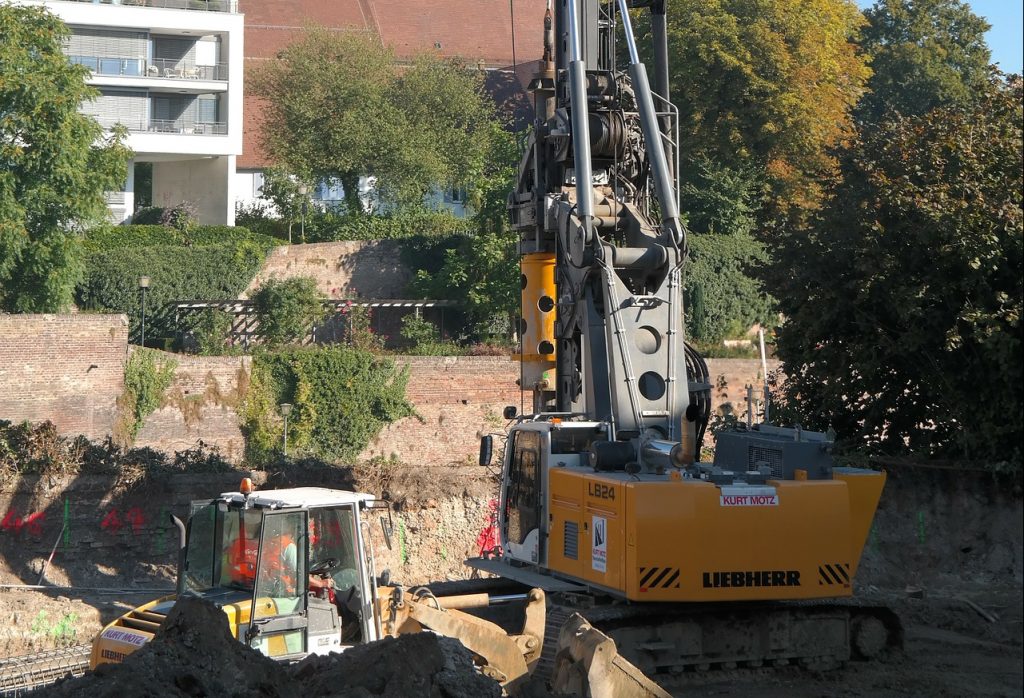 When I talk with people in the Architecture/Engineering/Construction industry, I often find that a lot of people working on building projects have complaints about the foundation engineering on those projects. These complaints have a few common themes:
When I talk with people in the Architecture/Engineering/Construction industry, I often find that a lot of people working on building projects have complaints about the foundation engineering on those projects. These complaints have a few common themes:
- Inadequate scope or data collection for subsurface explorations and geotechnical reports;
- Excessively conservative foundation design recommendations;
- Inappropriate, incomplete or poorly applied foundation construction recommendations;
- Inability or unavailability of the geotechnical engineer to contribute to the design development process and refine their foundation design recommendations and parameters as the project evolves.
Continue reading “Does Your Project Need a Foundation Specialist?”

